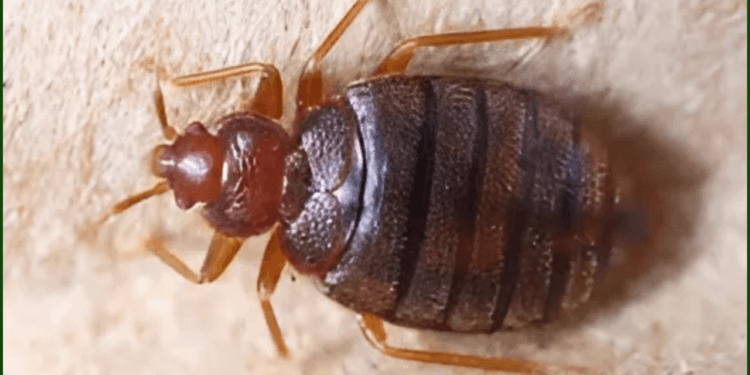April 19, 2025
Bed bugs, those tiny, blood-sucking pests, are making an unwelcome comeback in homes worldwide. These elusive critters, roughly the size of an apple seed, thrive in cozy spots near where you sleep, turning restful nights into itchy nightmares. While they don’t spread disease, their bites can cause discomfort, and their knack for hiding makes them tough to evict. Here’s how to fortify your home against these unwanted guests.
Why Bed Bugs Are a Growing Concern
Unlike mosquitoes or flies, bed bugs rely on stealth, not wings, to get around. They hitch rides on luggage, clothes, or even used furniture, spreading far and wide thanks to human travel. A single female can lay up to seven eggs a week, with each egg hatching in about 10 days. Within a few months, a small invasion can explode into a full-blown infestation if left unchecked.
“They’re expert stowaways,” says Dr. Emma Larson, an entomologist specializing in urban pests. “You might not notice them until their numbers are overwhelming, which is why prevention is key.”
Simple Steps to Keep Bed Bugs at Bay
The good news? You can significantly reduce your risk with a few practical habits. Here are actionable tips to safeguard your home:
- Declutter Your Space: Piles of clothes or stacks of boxes create perfect hiding spots for bed bugs. Keep your bedroom tidy to limit their options.
- Inspect Secondhand Treasures: That vintage chair might look charming, but it could harbor stowaways. Always inspect used furniture carefully—check seams, crevices, and undersides before bringing it home.
- Shield Your Mattress: Invest in a bed bug-proof mattress cover. These encasements trap any bugs inside and prevent new ones from settling in.
- Vacuum Vigilantly: Regular vacuuming, especially around bed frames, baseboards, and furniture, can suck up stray bugs and their eggs. Dispose of the vacuum bag immediately to avoid re-infestation.
- Travel Smart: When staying in hotels, place your luggage on racks, not the floor or bed. Inspect your room’s headboard and mattress seams for tiny dark spots or live bugs. Upon returning home, unpack on a hard surface and wash clothes in hot water.
- Mind Shared Spaces: Public laundromats or apartment laundry rooms can be bed bug hotspots. Transport clothes in sealed bags and dry them on high heat for at least 30 minutes to kill any pests.
- Seal Entry Points: Bed bugs can slip through tiny cracks in walls or floors. Caulk gaps around baseboards, outlets, and pipes to block their paths.
Spotting the Signs Early
Early detection can save you from a costly extermination. Look for these red flags:
- Itchy, red bites in clusters, often on exposed skin.
- Tiny dark spots (bug excrement) on bedding or furniture.
- Shed skins or pearly white eggs in crevices.
If you suspect an infestation, act fast. Wash bedding and clothes in hot water, dry on high heat, and consider professional pest control for severe cases.
A Proactive Approach Pays Off
Bed bugs may be persistent, but they’re not invincible. By adopting these preventive measures, you can protect your home and sleep soundly. Stay vigilant, especially when traveling or acquiring secondhand items, and you’ll keep these pesky invaders at bay.
For more tips on maintaining a pest-free home, visit your local health department’s website or consult a licensed pest control expert.


















































